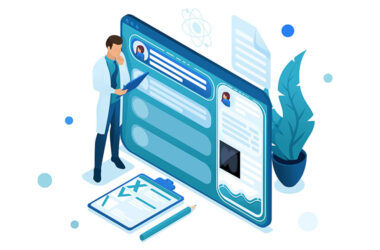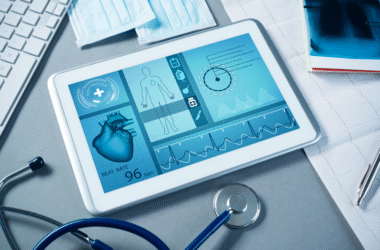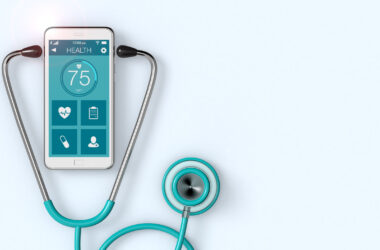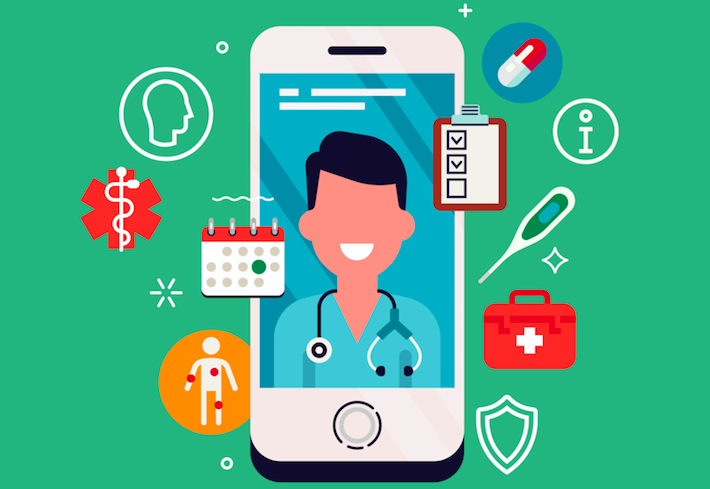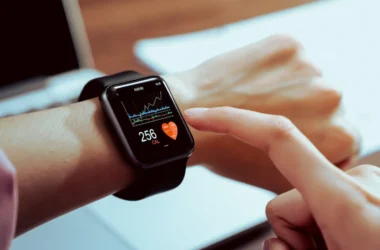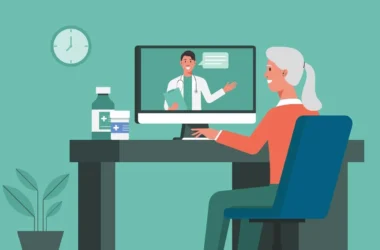The use of digital health tools is finding its way into daily life. People now access technology through phones, apps, and websites to confirm their condition, symptoms or talk to a doctor. Not all these tools is time saving. They are able to make individuals know themselves better about health and undertake intervention as and when necessary. Digital health tools offer a higher chance of patients remaining engaged in their care and making improved decisions when patients take part in them.
What Are Digital Health Tools?
Digital health tools refer to equipment individuals need to control their health to manage digital tools through phones, computers, or other devices. These include:
- Walking apps, sleep or blood sugar apps
- Video doctor visits
- Medicine memories
- Online viewing of results of tests
- Health support online communities
All these tools put people at a greater level of control. To illustrate, diabetes is a disease that can be managed with an app whereby an individual can monitor blood sugar levels, dietary intake, and can update a physician. This assists them to make adjustments at a faster rate without the need to see a clinic.
Why Patient Control Matters in Health
In case when individuals feel that they are in control over their health, they usually feel more confident. They have more questions to the doctors, they are better patients of treatment programs and they are more likely to spot problems at an earlier stage. A poll carried out by the Pew Research center in 2021 indicated that 60 percent of adult Americans sought health-related information using online tools. This number continues increasing.
People have become curious about their health but do not know where to begin. They can be directing through digital tools. They are able to present trends, alerts and even describe lab result in simple language. It implies that patients will no longer have to wait till others explain things to them; it means that they can begin to learn and do things themselves.
How Digital Tools Help With Everyday Care
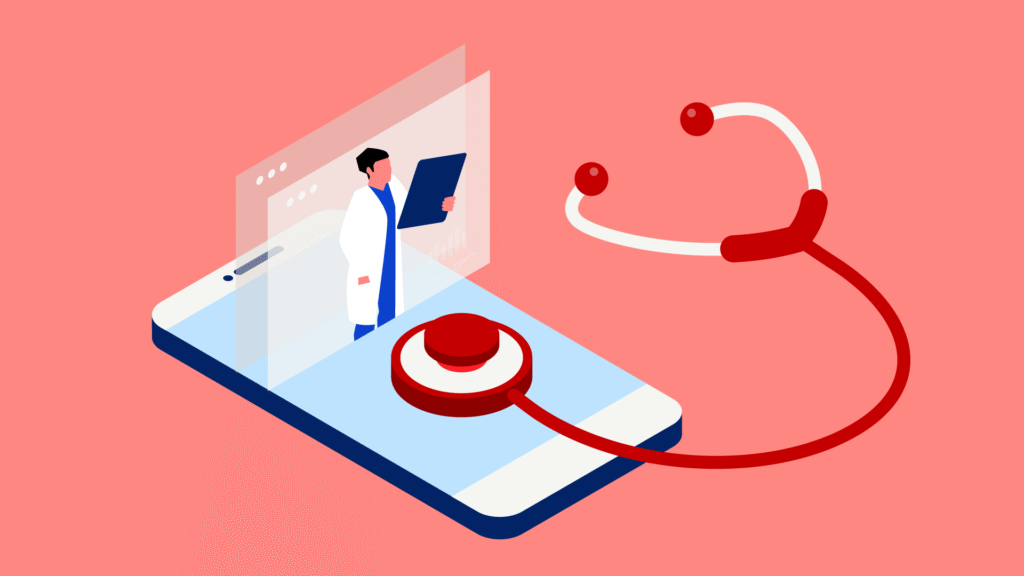
1. They Keep People Informed
Most people forget details from doctor visits. Studies say that between 40% and 80% of medical information is forgotten right after the visit. But when patients have access to online portals, they can check test results, appointment notes, and care instructions anytime. This helps them stay on track without needing to call the clinic for small questions.
2. They Make Care Easier to Reach
In many places, people live far from doctors. Or they cannot take time off work to sit in waiting rooms. With telehealth, they can talk to doctors from home. During the pandemic, the use of telehealth in the US grew by 154% in just one year, according to the CDC. And even after that, many people still use it. This shows how digital care is becoming normal.
3. They Help Track Health
Many apps now help people track their weight, steps, blood pressure, or even mood. When people track daily health, they often notice changes earlier. For example, a woman using a blood pressure tracker during pregnancy may spot early signs of a problem and contact her doctor right away. This kind of action can prevent harm.
One review by the American Medical Association found that over 70% of patients using health tracking apps said it helped them manage their conditions better.
Trust and Ease of Use Still Matter
Even with all these tools, many people still worry about using them. Some people do not trust apps with their private information. Others find the tools too hard to use. That is why design and privacy matter. Health tools should be made so that even people who do not use phones much can still use them without stress.
Also, digital tools should support patients, not confuse them. If a tool shows too much information or uses hard words, people will stop using it. But when a tool uses simple words, shows easy charts, and gives short messages, it becomes helpful.
Doctors Still Play a Big Role
Digital tools are helpful, but they are not replacements for doctors. Instead, they should help people speak with doctors more easily. When patients come to visits with notes from an app, they save time. Doctors can look at trends and make better plans. And when people feel more informed, they ask better questions. This leads to better teamwork between patients and doctors.
Challenges That Still Exist
Even though these tools can help many, not everyone has the same access. Some people live in places with slow internet. Others cannot afford smart phones or do not know how to use apps. And many health tools are still only in English, which makes it hard for people who speak other languages.
One survey by the National Digital Inclusion Alliance said that about 19 million people in the US still lack good internet at home. This is a real issue. If we want everyone to benefit, digital health tools must be easy to use, affordable, and made for people with different needs.
Small Steps Can Make a Big Difference
People do not need to use every digital tool out there. Even small steps, like setting reminders to take medicine or checking lab results online, can help. The more people feel involved in their care, the more likely they are to stay healthy.
And when digital tools are made well, they help people understand their health, ask questions, and feel stronger. They don’t need to replace visits or doctors—they just make the process smoother and easier to manage.
Final Thoughts
Digital health tools are not just a trend. They are becoming part of how people manage their health. These tools give patients more ways to stay involved, more ways to get support, and more chances to act early. And when patients take an active role, their health outcomes often improve.
Top of Form
Bottom of Form

